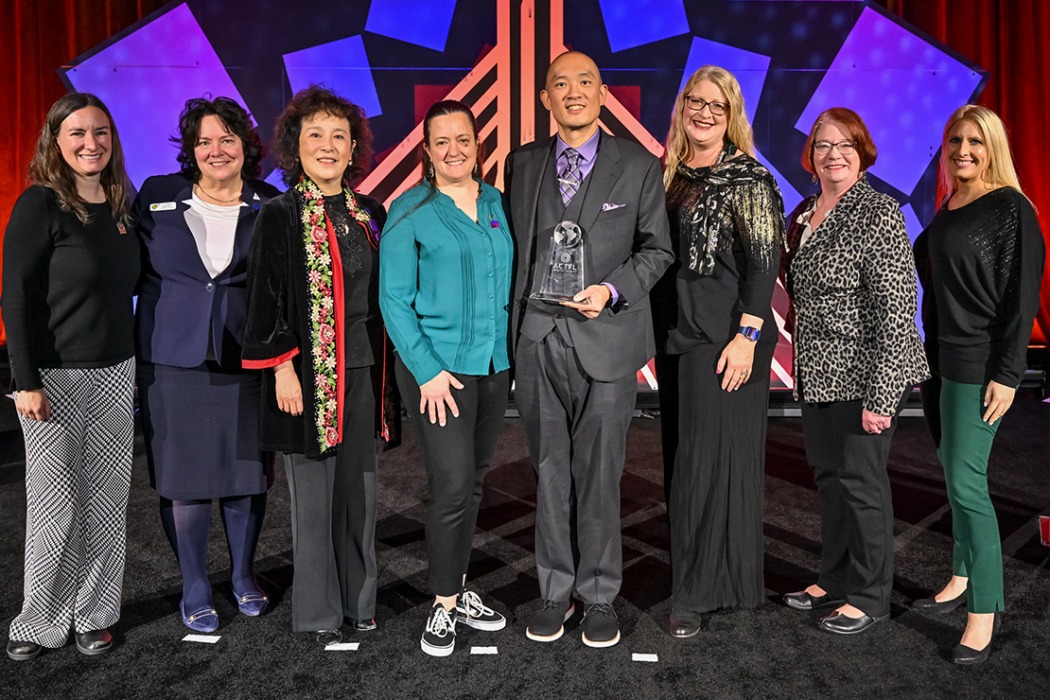Grant Boulanger

2017 Hall of Fame Nominee

Skyview Middle School
St. Paul, MN
2017 Finalist from CSCTFL
Spanish
Jason wasn’t sure language learning was "his thing." He never raised his hand and avoided eye contact at all costs. He was not confident communicating in English, much less a new language. Over time, I observed occasional covert smiles when class discussion centered on friends or high-interest topics. Gradually, his body language eased. He relaxed. He began to trust.
Weeks later, I dared to stand close-by with a gentle hand on his shoulder. The class and I discussed Jason’s favorite sport and the number on his jersey. He glowed with pride. He understood the Spanish. Then we contrasted the well-groomed grass and expensive cleats characteristic of his soccer experience with images of barefoot children playing on concrete in Argentina. His eyes widened. A barely audible, “¡No lo sabía!” escaped him. Jason had found something that touched him personally, so he began engaging, investing and trusting. Confidence grew. Steadily, nods became words; words, phrases; phrases, detailed sentences.
Acquiring language and cultural competency begins with trust in an engaging, equitable and joyful community. It has taken years of purposeful practice linking culturally-responsive teaching with delivering comprehensible input, coupled with intensive collaboration with innovative colleagues across the nation to be able to create such a community. Jason benefits, as he is one of countless students who grow into real proficiency at their own pace through authentic, personalized communication in my classroom. Trust helps me create an inclusive, multilingual America from the ground up.
As Jason’s story shows, the path to proficiency begins with meaningful interaction in a social context. Students use Spanish to learn about one another. They develop competence by comparing, contrasting and connecting their own values, perspectives and practices with those of their classmates. I embed culturally authentic content in the context of our interactions. Together we sing folk songs, chant rhymes and learn culturally authentic gestures that bridge students to cultural literacy through interdependent thinking in the target language. Students become contributing members of a joyful, collaborative community, managed completely in the target language. They know, respect and like each other more so than in the traditional classroom I once led, setting the stage for them to appreciate, celebrate and contribute to the greater Spanish speaking community and the world.
Historically, in my district, students who matriculated into upper level language courses were predominantly college-bound females. Males and African Americans were disproportionately underrepresented. This story of inequity exists throughout the United States. We must acknowledge and address it. Since 2010, enrollment into level three for male students of color who began as Novice learners with me is 13% higher than the historical district average. When we deliberately craft an environment built on trust, equity, and joy that honors students’ cultural identities and adheres to sound principles of language acquisition, ALL students can feel confident and develop competence. They belong. We will disrupt this pattern of inequity by creating a nation of advocates who value language and culture one school year, one classroom, one student at a time.